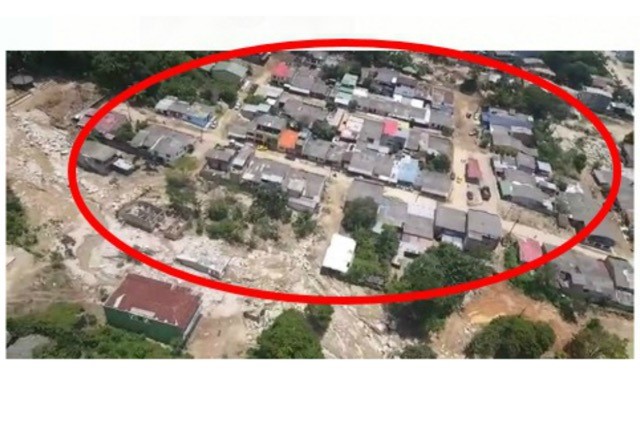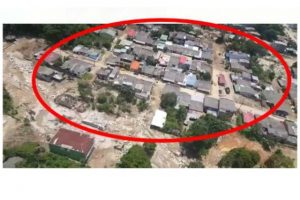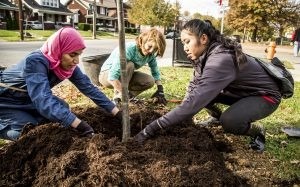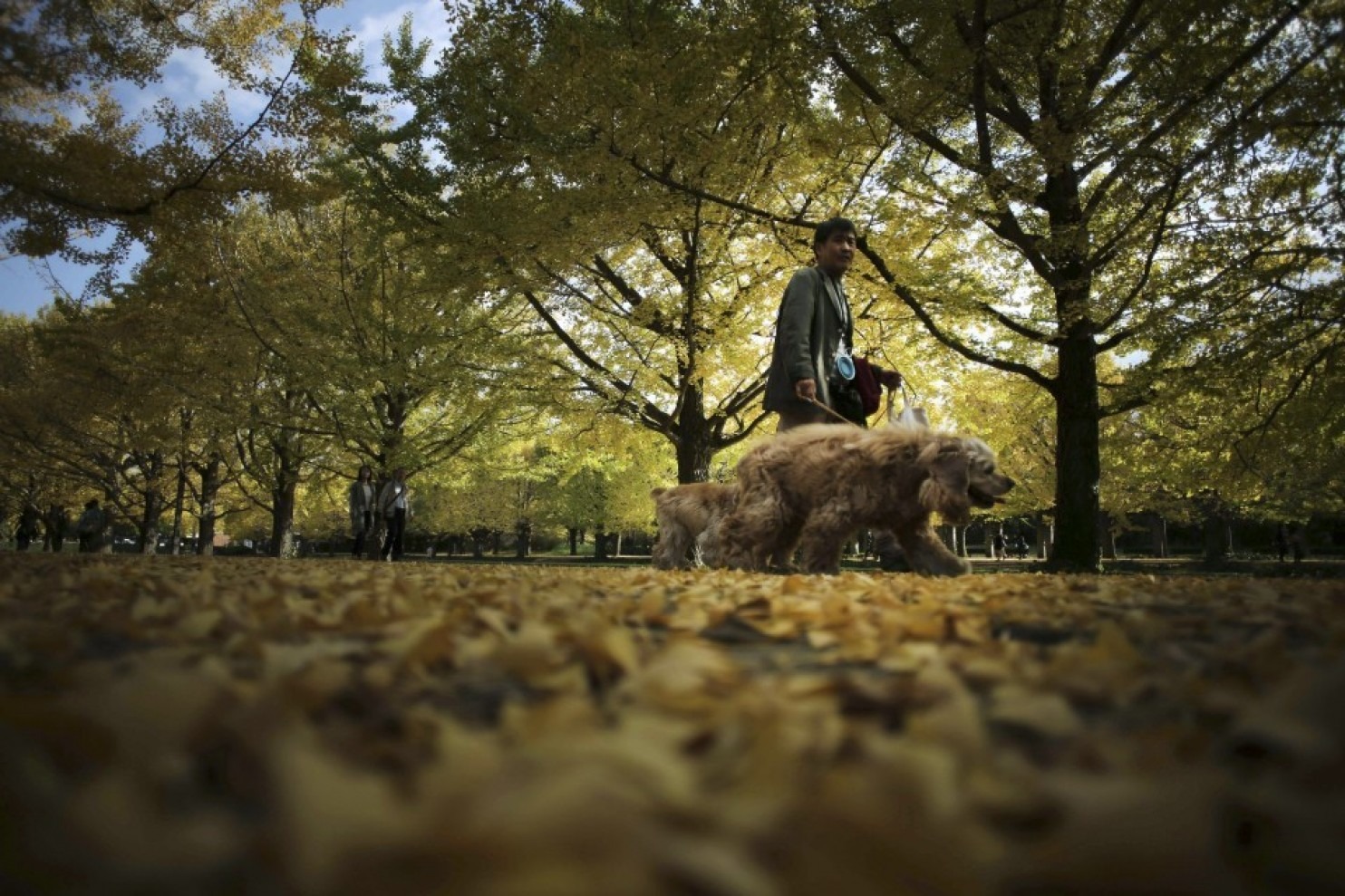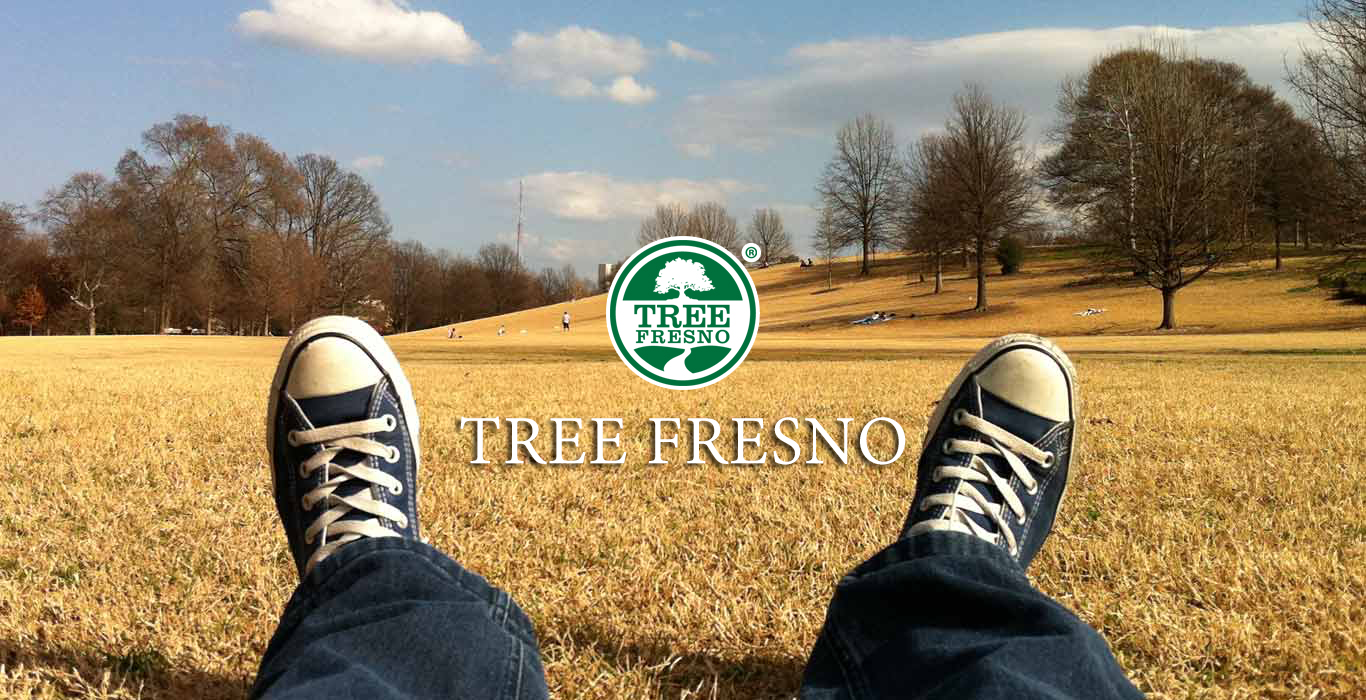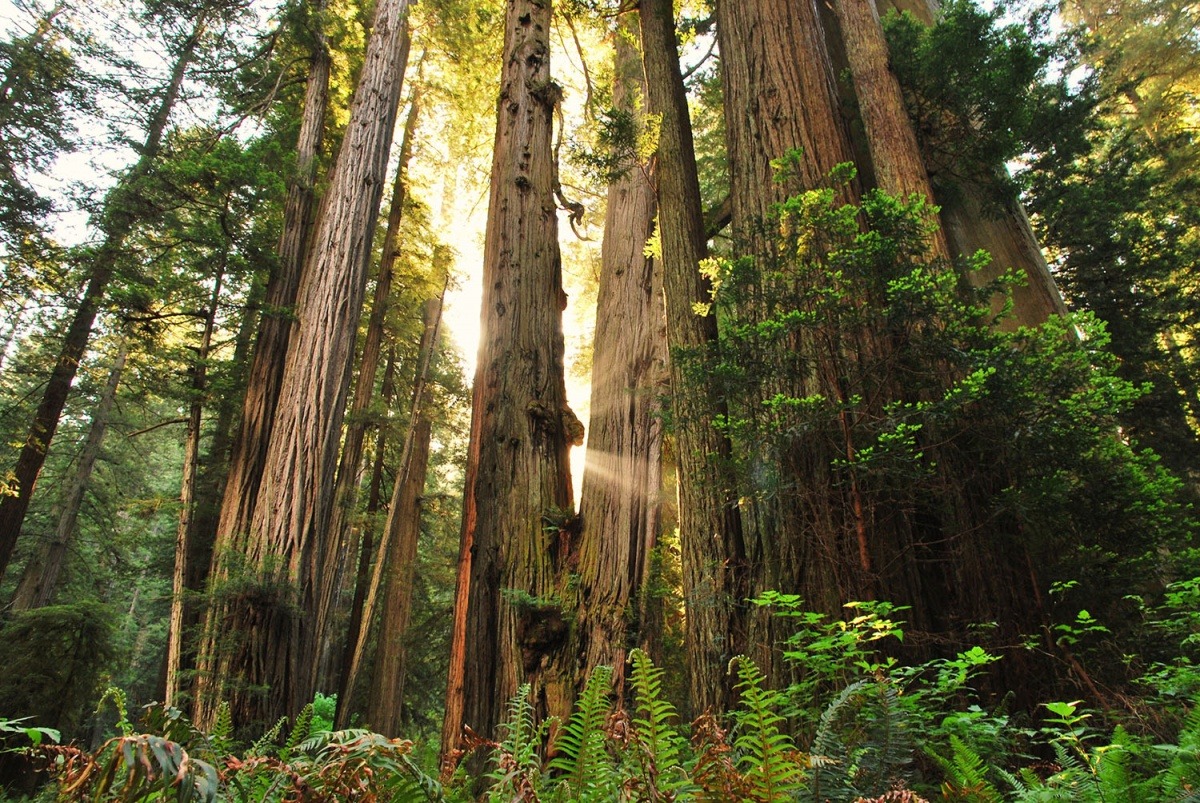
U.S. Department of the Interior
OFFICE OF THE SECRETARY
The tradition of Arbor Day began in Nebraska in 1872. Raising awareness of the importance of trees, people continue to use the day to plant saplings and improve the health of forests. Trees help clean the air, provide habitat for wildlife, help conserve soil and water, and are the source of an entire industry that support jobs and the economy.
Forest management isn’t as easy as watching the trees grow. Land management agencies like the Bureau of Land Management, the National Park Service, the U.S. Fish and Wildlife Service, and the U.S. Forest Service oversee hundreds of millions of acres of forests across the country. An adaptive and evolving approach is necessary to keep the nation’s forests healthy and productive.
We hope on your next walk in the woods, you’ll do your part to preserve these important landscapes and maybe learn more about the trees you see. As an Arbor Day tribute, here are some of the most interesting and remarkable trees found on public lands.

A magical photo of sunlight creeping through the towering trees at Redwood National and State Parks. The protected valleys and alluvial flats found along streams and creeks provide ideal growing conditions for the coast redwood. Photo by Jessica Watz (www.sharetheexperience.org).
The redwood has earned the spot in the record books as the tallest in the world. These towering trees sprout from a seed no bigger than the size of a tomato seed, and they can grow to a height of 367 feet. That’s about the size of 35-story skyscraper. This powerful tree’s ability to regenerate allows it to prosper despite insects and fire, and ultimately to survive as a species. Visitors to California’s Redwood National and State Parks and Headwaters Forest Reserve often come to just see these world-famous trees, but nothing prepares them for a hike in the ethereal forests of massive redwoods shrouded in fog with light streaming through the trees.
To check out the entire article and see more amazing tree photos click on the link below!
https://www.doi.gov/blog/13-remarkable-trees-see-public-lands


